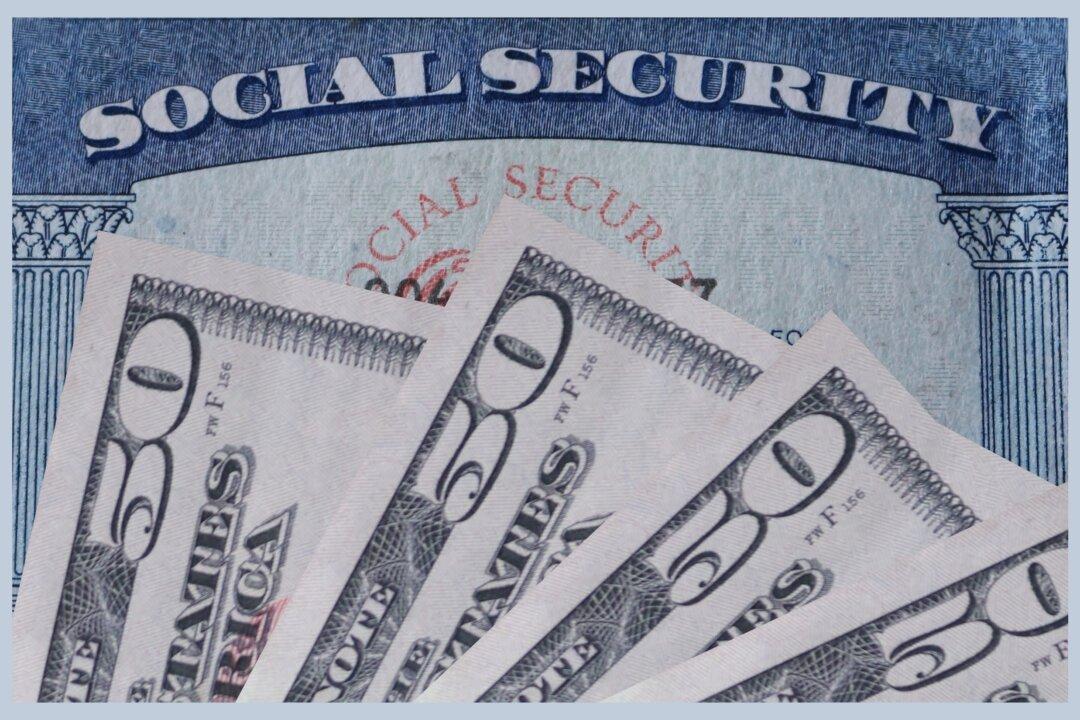Inflation hit hard in 2022 and lasted about two years. Many prices, including for homes, cars, insurance, and food, skyrocketed by 40 percent or more and remain there—higher—to this day. That has had the effect of shaking consumer confidence in our currency, and, in turn, we see gold, silver, and cryptocurrency becoming popular and gaining traction as potential alternative routes for investments.
This article will concentrate on precious metal investing, how to do it, the avenues to invest, and the potential risks to investors. Precious metals are real assets that hold value beyond investment goals, for they are also useful for jewelry or industrial purposes. They are fairly liquid and tangible, unlike cryptocurrency.
Physical Metals
You can buy gold, silver, platinum, or palladium in the form of coins, bars, or rounds. This allows you to hold the metal directly. Today, even Costco is selling precious metals. They offer a variety of options, including gold bars, silver coins, and recently added platinum bars. These items are available online, but there are purchase limits to ensure availability for all members.There are two common ways to purchase physical precious metals. First, you can make your purchase directly from an online dealer, such as JM Bullion.
Second, you can buy from a local coin shop. Local coin shops have evolved from pawn shop establishments into highly specialized forms of resale stores. To purchase precious metals online, you can either place your order online or call a dealer. You then choose the products you want and how many ounces you would like to purchase.
- Be sure you do your homework and understand the types of metals (gold, silver, platinum, palladium) and their various forms (coins, bars, rounds).
- If you do go the dealer route, look for well-known dealers such as APMEX, JM Bullion, or local coin shops. Verify that they’re reputable businesses.
- Compare the spot price of the metal with the dealer’s price. You can’t buy at the spot price because the seller will charge a mark-up for their profit. And these mark-ups can vary considerably.
- Decide how and where you’ll store your metals. Safe deposit boxes or home safes are common, but most dealers offer storage solutions as well.
- If you’re storing it at home, be sure you insure your metals against theft or damage.
Exchange-Traded Funds (ETFs)
You could invest in exchange-traded funds, such as the following:- Physical precious metals-based ETFs—These hold the actual physical metal, such as gold or silver, in secure storage facilities and in trust (PHYS is one such example for gold). They provide direct exposure to the price of the metal.
- Commodity-based ETFs—These funds invest in derivatives such as futures contracts based on the prices of the various precious metals. They track the performance of the metal without holding the physical asset.
- Equity-based ETFs—These invest in companies involved in the mining, processing, and trading of precious metals. They offer exposure to the metal prices through the companies’ performance.
Mining Stocks
You may prefer to purchase stocks of companies involved in the mining of precious metals.- Ensure the mining company operates in a stable and safe political environment. Consider any geopolitical risks that could impact mining operations.
- Read the JORC (Joint Ore Reserves Committee) resource to assess the qualitative aspects.
- Analyze the company’s production costs so that you can then compare these costs to the current metal price.
- Be sure to examine the track record of the company management team.
- Study and analyze the company’s financial statements, historical growth, and cash flow, just as you would analyze financial statements for any company you’re considering investing in.
- Watch metal prices and the trending demand, as these prices directly affect mining.
Popular Precious Metals Investment Choices
The easiest way to invest is to pick companies focused on precious metals that trade in the stock market under these ticker symbols:- (WPM): Wheaton Precious Metals is one of the largest precious metals streaming companies, as it generates revenue from gold and silver.
- (AG): First Majestic Silver is a silver and gold mining company. With its direct exposure to silver in the mining sector.
- (FNV): Franco-Nevada is a gold-oriented royalty and streaming company that also sells silver and other mined materials.
- (SBSW): Sibanye-Stillwater is the world’s largest producer of Platinum Group Metals, including platinum and palladium, and is also a gold producer.
- (NEM): Newmont Mining is the largest gold mining company and the fourth-largest producer of silver.
Summary
Financial experts typically recommend allocating 5–15 percent of your portfolio to precious metals. This range will allow exposure to the benefits of precious metals while maintaining a balanced investment strategy that doesn’t risk too much of your portfolio in this volatile category of assets. Determine just why it is that you want to invest in precious metals. Are you concerned about inflation? Do you see precious metals as a store of value long term? Then pick the metal and the means for your investment to best match your investment thesis.Each potential investment option will have pros, cons, and risks that go with it. When I, for example, thought gold was rather low at $1,733 a few years ago, I invested in an HSBC 18-month gold security, thinking the market price would be higher by the time of maturity. Unfortunately, it was lower, and I lost almost one-third of my entire investment. What a painful investing lesson for me. Live and learn!









